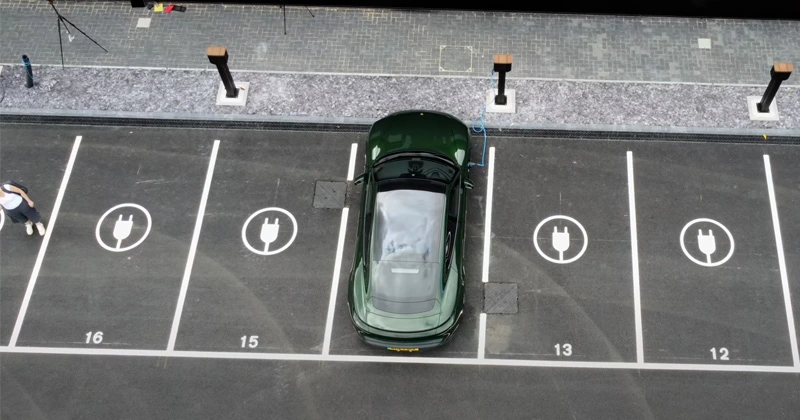An increasing number of US HOAs have EV charging at their sites. This number will grow in the coming years as EV charging is becomes a popular amenity among HOA residents. EV owners are far more likely to choose an HOA that offers EV charging and EV charging is becoming a popular amenity among HOA residents. EVs are a more environmentally friendly option than gasoline-powered cars. They also produce zero emissions, which can help to improve air quality in HOA communities. Additionally, EVs are becoming more affordable, and more people are considering switching to them. However, condo HOAs are presented with three unique challenges:
1) How to reimburse the HOA for the electricity consumed
2) How to cost-effectively share limited available power
3) How to balance the short-term needs of EV drivers today with the longer-term interests of residents who don’t yet drive a plug-in
Payment made easy
If you are managing a condo, the last thing you want is to get into payment discussions with the condo owners. Aside from some shared infrastructure expenses, paying for EV charging should be between the owner of the deeded parking space and the EV charging service provider. Why shouldn’t payment for EV charging resemble how condo owners already pay for Netflix or cable TV? At the same time, charging the same flat fee to all drivers will upset those who don’t drive/charge as much as those who do drive/charge a lot more.
Therefore, the ideal solution should have transparent, simple billing determined by the amount of electricity each driver consumes. Wevo makes it easy for drivers to pay their fair share and for the HOA board to get reimbursed automatically.
Balancing the load
Second, there’s the question of shared infrastructure. Without new construction, buildings weren’t designed to accommodate the power needed for EV charging stations. Making matters even more challenging for condos with deeded parking is the need for every resident to have the ability to have their own charger eventually.
This is where load management comes in. We don’t actually need full power from our chargers 24/7, especially where we live and sleep! But we can’t tap into load-balancing capabilities unless all the chargers are networked and centrally managed. Wevo Energy’s load management technology maximizes existing building infrastructure by intelligently allocating power where and when needed. This allows sites to install more charging stations without expensive infrastructure upgrades and creates the blueprint for how buildings can also balance competing short and long-term interests.
Navigating competing interests
If your building is like most in the U.S., you might have three separate contingencies. The first is a small percentage of residents already driving a plug-in and are clamoring for charger installations. The second is a bigger majority who see the electric future, but adding chargers isn’t their top priority yet. The third may not ever see themselves switching to an EV. Navigating these competing interests is often about balancing shared costs and costs that should be borne by parking spot owners. After all, residents who don’t own an EV shouldn’t have to pay for EV charging used by others.
Wevo can isolate the operating costs of the charging stations just for those who are utilizing the chargers. Additionally, Wevo’s system can centrally manage all the chargers to reduce the strain on the power supply. This makes it easier to tack on more chargers as more and more residents make the switch to driving electric.
In other words, condos don’t necessarily have to consider installing chargers for every resident today. Instead, they can adopt a staggered approach which helps reduce the cost and scope compared to a ‘whole building’ approach. This makes it more palatable for non-EV drivers, allowing today’s EV owners to gain access to chargers while creating the pathway for future expansion.
To find out how the Wevo Energy solution can support your EV charging project, email us at info@wevo.energy


